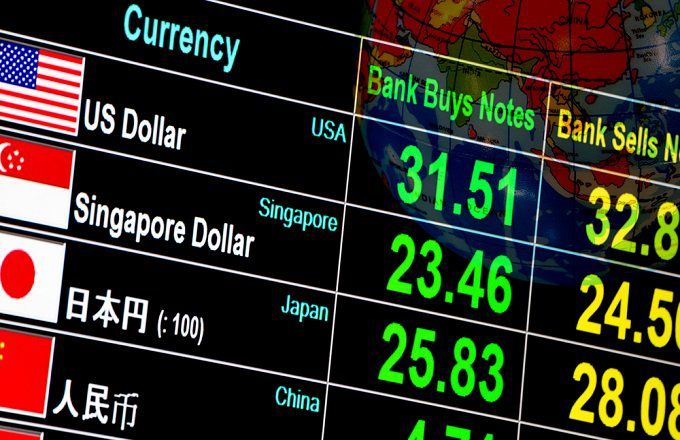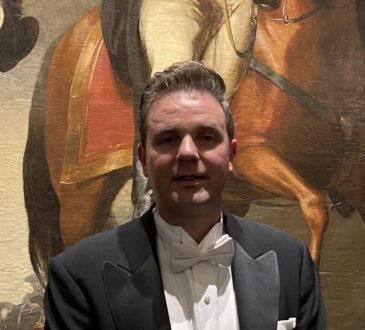
George Soros is one of the legendary investors who many traders follow and idolize even to this day. He is a widely popular fund manager that has broken the Bank of England.
Even though his investment philosophy has gathered controversies and criticisms over the years, Soros remains as one of the heads of the investing elite. In fact, he has been named in 1981 by a magazine as “the world’s greatest money manager.”
The George Soros Philosophy
There is a lot to learn about George Soros’ investing philosophy.
For starters, Soros is a short-term speculator who makes huge, highly leveraged trades following the direction of the financial markets.
He uses a strategy that the markets call the “global macro strategy” which revolves around making massive, one-way bets on the movements of currency rates.
But this strategy or philosophy doesn’t only consider currency rates. It also takes into consideration commodity prices, bonds, stocks, derivatives, and other assets with the use of macroeconomic analysis.
The Reflexivity Strategy
Soros uses a strategy that is called reflexivity.
First, he studies his targets and let the movements of the broader financial markets and participants dictate his bets.
In this strategy, there really isn’t any equilibrium-based market environment, which tells us that all available information regarding the stock or asset is reflected in its price.
Rather than that, Soros believes that the market participants themselves directly drive the market fundamentals.
Also, irrational behaviors tend to lead the bullish and bearish movements of the market which presents investment opportunities back to the participants.
How he Broke the Bank of England
As we have mentioned, George Soros is most popularly known as investor who broke the Bank of England.
That day is also called the Black Wednesday. To be specific, it was on September 16 , 1992 that Soros did the deed.
He simply bet enormous amounts of money against the British pound. And his trade was correct, so he raked in tons of money.
After the second World War, many countries wanted find security in the economies of each other. This resulted in the European Union, which didn’t adopt the euro until 1999. Before the EU, there was the ERM.
Exchange Rate Mechanism and the British Pound
In this system, counties fixed their exchange rates to each other instead of letting them float. Britain joined the ERM agreement in 1990.
In 1992, the fixed exchange rate system showed signs of defects. The British pound traded in unsustainable levels, and to support it, the British pound helped prop it up.
Then, reports came out that the British pound could be one of those currencies to be under great pressure. Over in New York, Soros’ Quantum Fund had been building a $1.5 billion short position that anticipated the fall of the pound.
The fund continued to build its short position until the pound was trading in dangerously low levels. Then, the Bank of England decided to continue its pound buying program to initiate an uptick in demand.
However, it didn’t work.
What came after was a hike in interest rates, where the 10% key rate was raised to 12%. But this didn’t stop the pound’s plummet. More and more investors and funds offloaded their pound holdings.
This led to later that night, when the Bank of England exited the ERM and said that it would float its currency in the open market.
And that was how George Soros broke the Bank of England.




